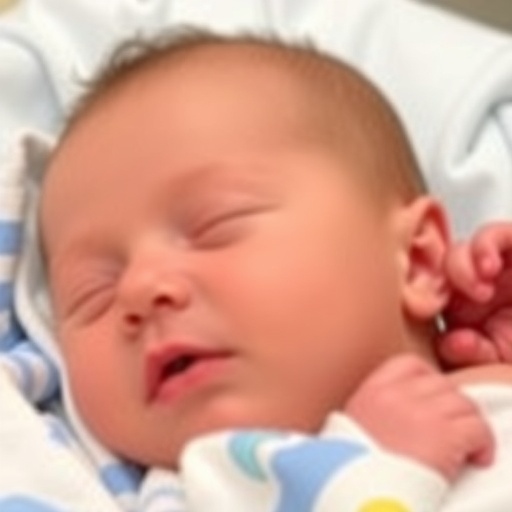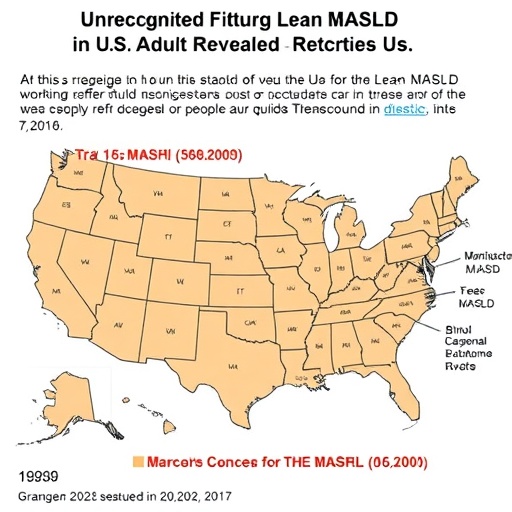UC Davis researchers have received a $5.66 million grant from the California Institute for Regenerative Medicine (CIRM) supporting their research on stem-cell therapies for spina bifida.
Professor Aijun Wang of the UC Davis Departments of Biomedical Engineering and of Surgery and Professor Diana Farmer, chair of the UC Davis Department of Surgery, will use the CIRM funding to continue their decade-long research efforts exploring stem-cell therapies that show promise for both animals and humans with the congenital condition.
A history of collaboration
The grantees have been collaborating on the subjects of spinal-cord injuries and nerve-regeneration research for many years, even before their arrival at UC Davis.
Wang studied nerve regeneration, scaffolding (using biomaterials as structures to help strengthen and regenerate tissue) and stem cells as a graduate student. When he was a postdoctoral researcher in the UC Berkeley Biomedical Engineering Department and Farmer was a surgeon at UC San Francisco, Wang was blown away by videos Farmer shared of fetal surgeries for congenital issues like spina bifida. Those videos made a huge impression, helping direct his future research.
“At the time, I was working on ideas to direct the differentiation of stem cells for neurological diseases,” said Wang. “When Dr. Farmer showed me the fetal-surgery videos for spina bifida and related conditions, I was just amazed. I’ve had people around me seriously affected by spinal-cord injuries, and these striking videos showed me what could really happen to help people like those I knew.”
When Farmer came to UC Davis, she recruited Wang as well, and their joint research has continued with a strong focus on spina bifida.
“Dr. Farmer is a fantastic surgeon – she’s been interested in this issue for a long time, and with her coming from the clinical side and me coming from the biomedical-engineering side, it’s a great combination,” said Wang. “We are both so excited by this amazing grant and are looking forward to moving our efforts forward to clinical translation.”
Spina bifida affects people and animals
Every year in the United States, about 1,500 children are born with spina bifida. The condition occurs before birth when a baby’s spinal cord does not completely form, leaving delicate tissues and nerves exposed before and after birth. The outcomes vary and can include mobility issues, incontinence and neurodevelopmental disabilties. The causes of the condition itself are complex, with both genetic (200 genes have been associated with the condition) and nongenetic (environmental) triggers.
While surgery – both after birth and in-utero — can make positive differences for many babies, about 60 percent of those treated still are not able to walk independently.
Wang and Farmer wondered if stem-cell therapies could provide further benefits to babies while still in utero. The team focused on using stem cells taken from donor placentas and placing them on bioengineered scaffolds to help cover and close the wounds and prevent as much damage as possible to the spinal cords.
The researchers tested this proposed therapy on small animals with surgically mimicked conditions, which showed positive outcomes. With UC Davis also being home to the world-renowned School of Veterinary Medicine, another interesting and important opportunity to further research this therapy for use after birth presented itself.
“We had a dog lover who was a trainee, and he started asking questions about English bulldogs: a breed that has a high natural incidence of spina bifida and neural-tube [brain, spine and spinal-cord] defects,” said Wang, noting the importance of dogs living in the exact same environments as humans as well as having similar genetic makeup. “We started collaborating with the Vet School, rescue groups and breeders to use our therapies on bulldog puppies identified with spina bifida after birth, as spina bifida isn’t detected in dogs in utero.”
The results in bulldogs have been encouraging, with stem-cell-treated puppies able to frolic and engage with their littermates and experiencing improved qualities of life and health that were unforeseen just a few years ago.
“These dogs have greatly helped us understand how to help human patients, too – the more we do, the more we understand,” Wang said.
Excitement for the future
With the research information gathered to date, coupled with the CIRM grant, Wang and Farmer look forward to doing further research and testing, with the ultimate goal of U.S. Food and Drug Administration (FDA) approval for human clinical trials.
“I’m so excited about the potential of our research,” said Wang. “When I think of all the patients – animal and human – we may be able to help, that excitement is my driving force for everything!”
###
Media Contact
Andy Fell
[email protected]
530-752-4533
http://blogs.




